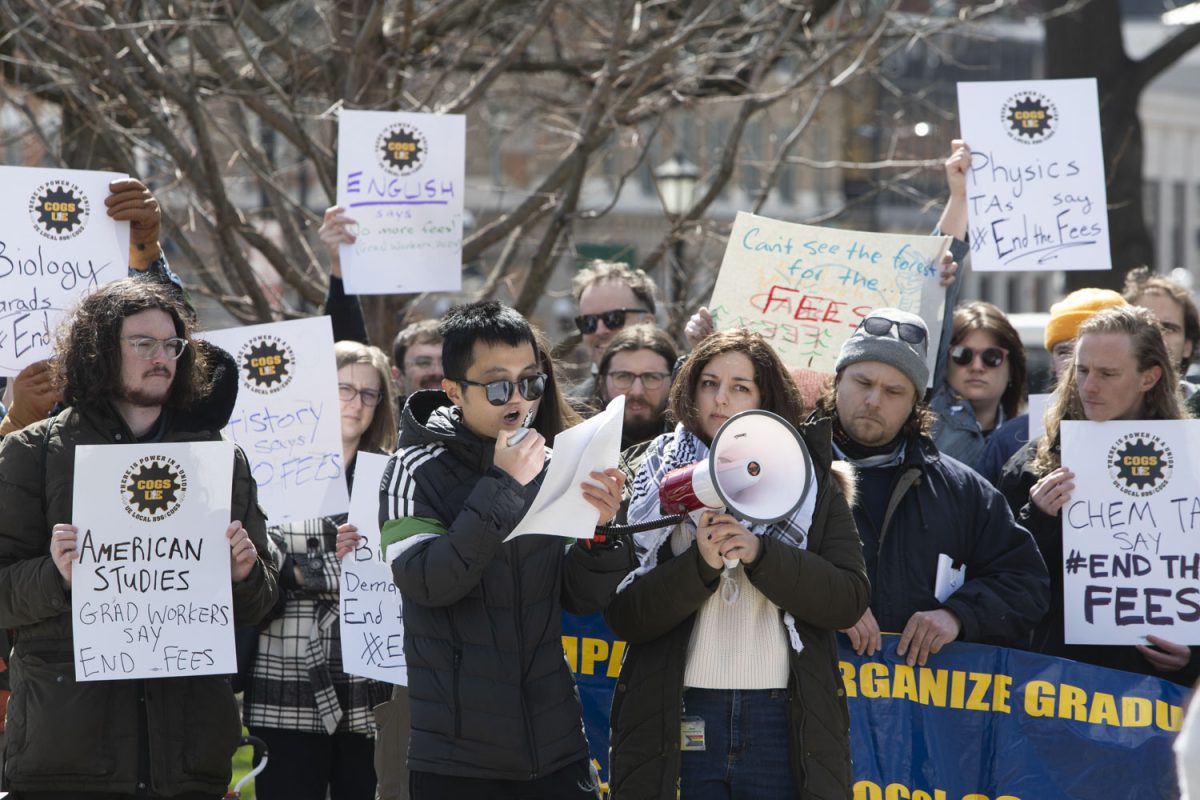In a country home to approximately 12 percent of the world’s freshwater sources, its largest city faces a shortage unseen in humanity’s history. São Paulo, Brazil, and its upwards of 20 million residents, has fewer than 60 days left of water in reserve.
Partially because of poorly stored water and an increase in infectious disease carried by mosquitoes earlier this year, the city has entered into its second of three emergency reserve taps. And now a drought in the month of February has further pushed the area toward a collapse.
Millions of residents have had taps run dry, and they are franticly attempting to store as much water as possible, leaving the city in a state of shock and crisis. The city just does not have the feasible means to mitigate the consumption or tension.
This highlights the interconnected nature of social catastrophe and resource depletion.
When the tsunami struck Sri Lanka in 2004 or the bombs detonated during 2013 Boston Marathon, the message was solidarity. However, and this is evidenced by the Detroit water crisis in the past year, society seems to turn savagely selfish when the scarcity of necessary human resources hits a breaking point.
The city of Detroit began shutting off water to thousands of its residents and small businesses that had overdue bills because of a $90 million debt in the Water and Sewage Department. Social turmoil subsequently amassed, as neighborhoods lost control of water (some of the outstanding debts were thefault of landlords, not occupants), resulting in humiliation and dire tactics.
Many people had to begin trying to source their water by searching the valves of vacant homes. Activists set up protests against the shutdown, and tensions remain high. To further complicate the issue, Detroit has been facing a growing water-purity issue, which has sparked even more demonstrations.
In a city mired in difficulties since the collapse of the American auto industry, the social tensions could very well be a prelude to a larger-scale culmination of chaos.
However, the center of this incident revolves around economic complications, unlike São Paulo. Additionally, this is a crisis among thousands, not millions.
The Brazilian megacity isn’t the only metropolis with a looming water shortage. Though a bit further off in the future, such cities as Las Vegas, Phoenix, and Tucson’s freshwater sources are consistently dwindling, compounded by increasing frequencies of droughts.
Southern California is also facing a similar issue with droughts, possibly requiring a refiguring of an aqueduct to fit agricultural needs farther north. That would result in major cities such as Los Angeles and San Diego with rationed water supplies as well as the dry farmland city of Bakersfield.
Perhaps this is indicative of the human condition.
Cities and metropolises haven’t addressed the possibility they could run out of water. Food has always been a major concern, but water is necessary for agriculture and human life. The difference between food crises and water crises might just lie in hindsight, or lack there of. If the tension bursts, then we will have witnessed a grim milestone in history.





